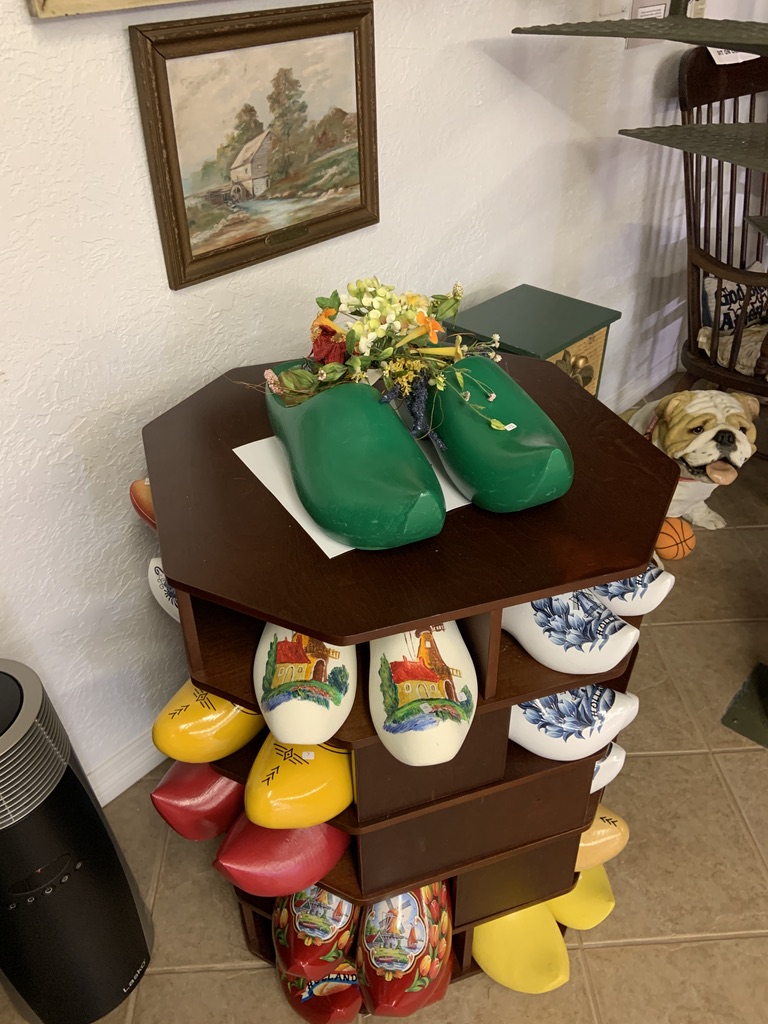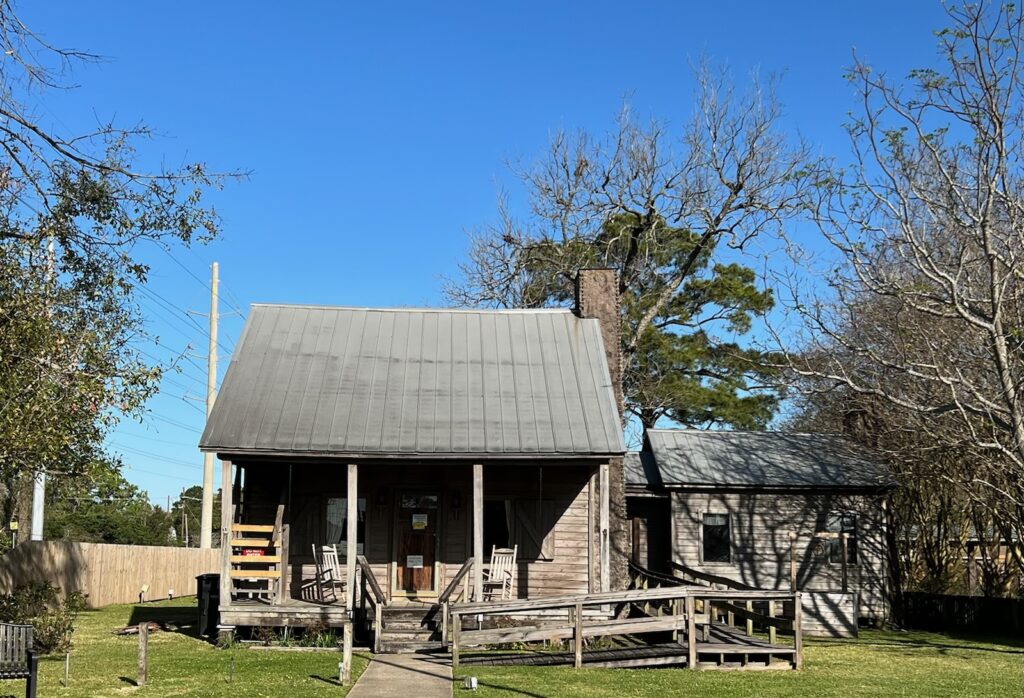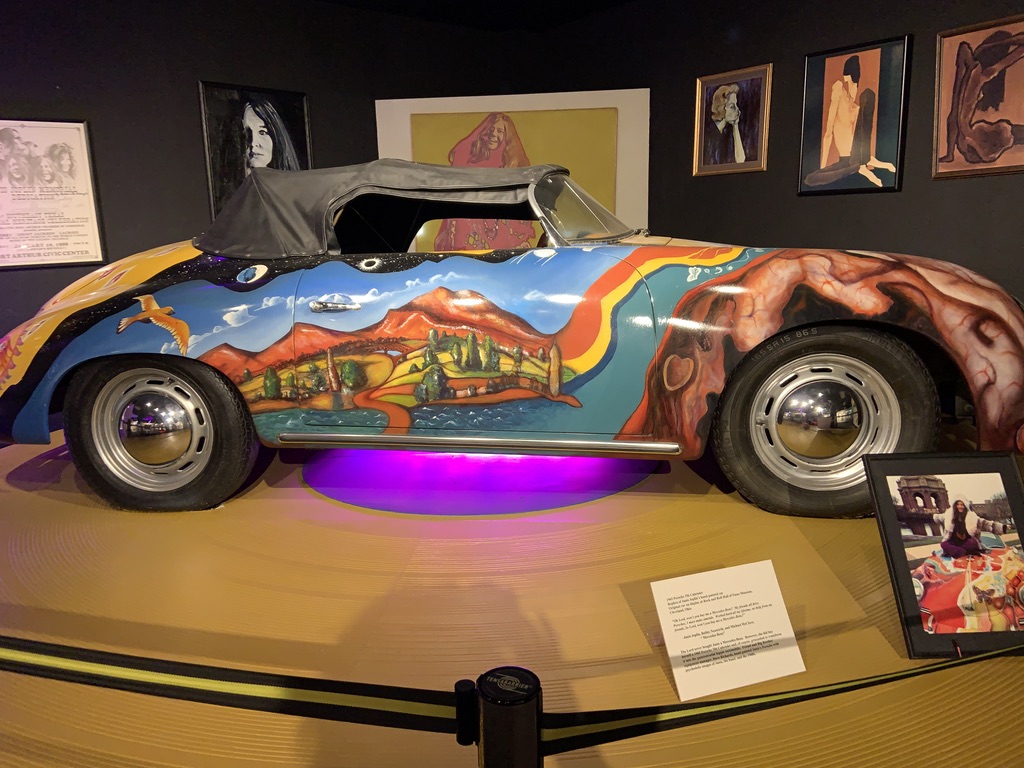Have you heard of Nederland, Texas? They have a 40-foot replica of a windmill with a museum to explain the fascinating history. Nederland is part of the Beaumont-Port Arthur area, a mecca of Texas history, only 90 minutes from Houston. Having visited Holland, I was curious about the windmill. My husband and I hopped in the car for an overnight stay to visit several venues around Port Arthur, but started with the Dutch Windmill Museum.
Carol Culp, the Director, met us at the door. A vivacious spokesperson for the history of the museum, she explained that Arthur Stilwell, entrepreneur extraordinaire, played a significant role in the establishment not only of Port Arthur in 1895, but also neighboring Nederland. In fact, rumor has it that he developed forty towns in the late 1800s. This man liked his name on the projects he created, like Port Arthur. With the railroad coming to the area, he recognized people suffered and struggled in other parts of the world. He sent representatives to Holland to “recruit” them to come to this wonderland on the Gulf Coast. His “sales people” showed the Dutch photos of palm trees and the white sands of Florida, not Texas.
The Dutch arrived over several years near the end of the 1800s to find mud and mosquitoes, but they were resourceful. A few returned to Holland. The stoic Dutch lived in the recently built hotel painted orange (the favored color in Holland) until they could develop the land. Hearing that one family brought eight children and seeing the photos made their challenges real to me. The Dutch began tilling the land in search of products for farming, realizing the barren area would be challenging. Their cows supplied milk for making their recipes of cheese to sell. But they struggled.

During the same period in the 1800s the French migrated to Nova Scotia, becoming known as Acadians. Some moved onward to Louisiana because of religious and cultural persecution. Later, many were lured to the Port Arthur area. The Dutch needed helpers. The Acadians who migrated from Nova Scotia to Louisiana needed jobs. The word Acadian morphed into Cajun, if you say it just right. According to Carol, “The Dutch needed help to farm this land and the Cajuns were able and willing. It was a good marriage for a long time, despite their differences.” The serious Dutch learned about music, dancing, different foods and accordions, developed and shipped from Austria. The Dutch brought the recipe for cheese and the Cajuns taught us how to make a “roue” for gumbo. They respected and learned from each other.”
The idea of the windmill developed as an attractive addition to the history of the area to honor their heritage, but not until the mid-1960s. Admission is free, but donations are appreciated. The gift shop offers clever Dutch products, from candy to dishes and wooden shoes.
Next door to the Windmill sits a log cabin, La Maison Acadienne, donated to honor the Acadians. It’s not your typical log cabin in Texas: it is larger with exquisite antiques and artifacts and stories to boot. Take the time to talk with the Director, if he’s available.

Between the two museums is a grassy area dedicated as Tex Ritter Historical Park, a favorite country and western musician and actor with many famous songs and films, like “Froggie Went A-Courtin” and “High Noon.” It’s a great spot for relaxing after learning the history of the area.
After a quick lunch at the Schooner Restaurant in Nederland, we headed to the Museum of the Gulf Coast, which captured more time than expected. The displays and interactive activities on the first floor provide an excellent overview of local history. The giant mural on the first floor took ten months of dedicated work for the 125-foot panels of history. The artist, Travis Keyes and his team created life in the area from primitive settlers through the discovery of oil exploding at Spindletop on January 10, 1901, near Beaumont, just north of Port Arthur. Although that oil well went dry, it changed the area forever. The largest US oil processing company, Motiva Enterprises, is located outside the city limits.

The second floor is devoted to famous local people with outstanding achievements. Did you know Janis Joplin lived in Port Arthur? View her painted car in person. One section recognizes local musicians with information about the Big Bopper and Buddy Holly, plus other important music contributions by Cajun, and country and western stars. Other sections are devoted to athletes, and artists including Robert Rauschenberg, who, I am told, sold one of his painting for $18,000,000.
We stayed most of the afternoon, before we met friends at the Neches River Wheelhouse for dinner, located on the Sabine River. The balmy evening with cornflower blue skies and puffy white cotton clouds made the walk along the water to watch the boats and barges created a perfect setting.

In the morning, we traveled across the tallest bridge in Texas, which they named the Rainbow Bridge, dedicated in 1938. This spectacular bridge crosses the river in Port Neches, and was originally called the Port Arthur-Orange Bridge, and renamed the Rainbow Bridge in 1957. The nearby town of Orange was named for the orange groves seen from the Sabine River.
When traffic became an issue on the bridge years ago, they designed a second bridge, called the Veterans Memorial Bridge, located next to it in 1990. The Rainbow Bridge goes east. The Veterans Bridge goes west.
The two bridges appear as one from a distance. The architecture magnificently rises to the height of 230 feet with 177 feet for clearance with 7700 feet in length at its longest point. State Highway 73 and Highway 83 connect in Port Arthur at the juncture.
Unfortunately, we had to return home. I had wanted to see so much more, especially the Texas Artists Museum. Reserve at least two days for this unique area. Explore it. Let the grandeur of the area surprise you with its creativity. Discover the Dutch are the tallest people in the world, and are not as chatty as the Cajuns. Picture yourself in wooden shoes. Explore the plethora of restaurants from Cajun to Mexican, and Vietnamese. Find additional examples of our hardy forefathers and mothers on your jaunt to Port Arthur and environs.
